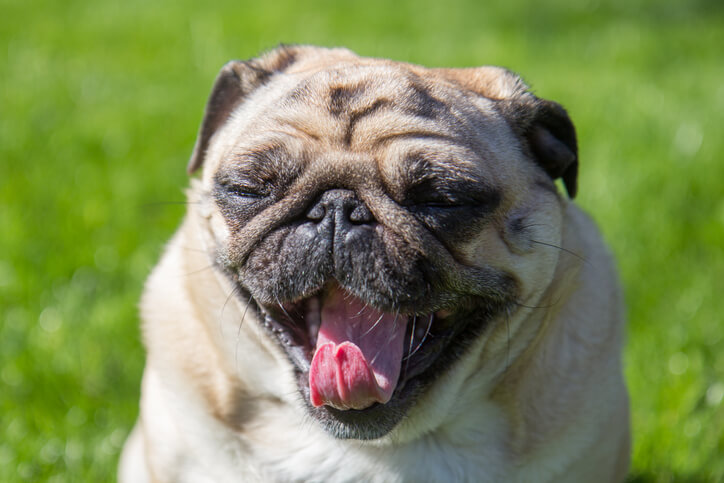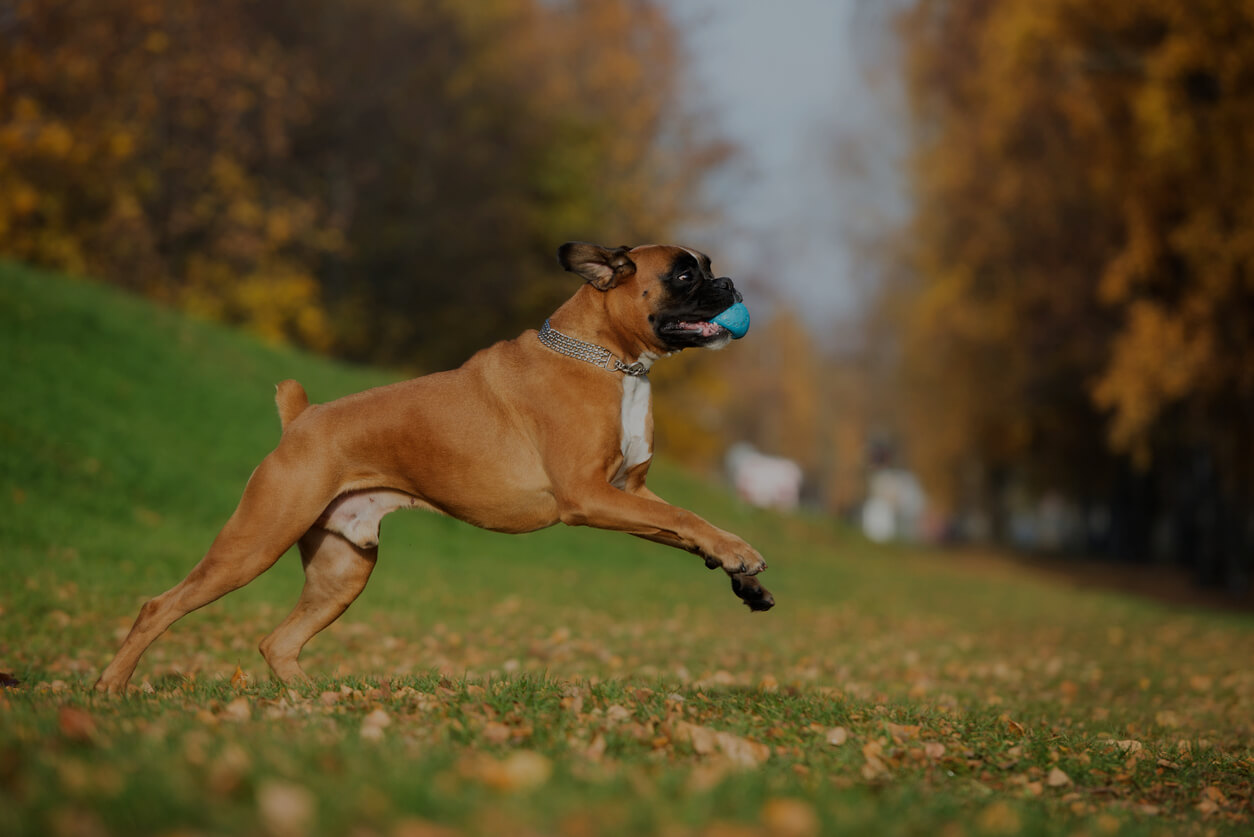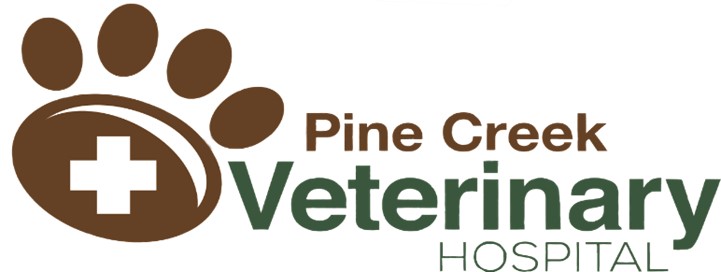Brachycephalic Airway Surgery

Brachycephalic (having a relatively broad, short skull) airway syndrome is a unique subset of respiratory disease in certain breeds of dogs. Brachycephalic dogs have a “smushed in” face and nose and their anatomical changes cause physical upper airway breathing problems. Some commonly affected breeds are:
- French Bulldogs
- Bulldogs
- Boston Terriers
- Pugs
- Lhasa Apsos
- Shih Tzus
- Pekingese
- Boxers
Luckily, there is an effective and common airway surgery available for dogs suffering from this syndrome. We encourage all owners with the above breeds to discuss symptoms with their veterinarian.
Symptoms of Brachycephalic Airway Problems

- Noisy breathing
- Excessive snoring
- Open mouth breathing (not panting)
- Frequent gagging or choking
- Intolerance to exercise
- Cyanosis (blue tongue or gums)
Having one of these symptoms is not a guarantee that your pet has a respiratory problem, displaying several of them is a strong indicator of airway disease. Obesity will make symptoms worse as well as heat and humidity.
If you have any concerns about your pet’s breathing, please bring it up with us at your next appointment.
Causes and Treatments

The anatomical abnormalities that cause this syndrome include stenotic nares, an elongated soft palate, a hypoplastic trachea and everted laryngeal saccules. A dog with brachycephalic syndrome typically suffers from one or more of the following:
Stenotic Nares
Stenotic nares are simply small or narrowed nostrils that prevent the pet from breathing easily. Imagine if your nose was always pinched in and trying to breath like this! Dogs with stenotic nares will often breathe through their mouth, even when not panting, and wheeze when they do breathe through their nose.
Treatment for stenotic nares is relatively simple with an easier recovery than an elongated soft palate or everted laryngeal saccules. We simply remove a small wedge of tissue from the side of the nostril and suture the edges back together to create a wider opening. Patients go home the same day and should wear an Elizabethan collar until their nose is healed. Even without symptoms, patients with stenotic nares should have this simple surgery performed.
Elongated Soft Palate

The soft palate is the flexible tissue toward the back of the roof of the mouth. An elongated soft palate can partially or fully block the windpipe in the back of the throat and is a major cause of upper airway disease. Symptoms of disease can range from mild to severe with symptoms ranging from snoring to complete blockage of airflow. An excessively long palate can be a very serious condition and should be treated in order to improve your pet’s ability to breathe and to prevent life threatening heart and lung disease.
Treatment for an elongated palate involves resection (removal) of the excess tissue under general anesthesia and is by far the most valuable and life changing surgery for patients with upper airway syndrome. This surgery is often combined with stenotic nares surgery.
Everted Laryngeal Saccules

The laryngeal saccules are small pouches located near the voice box. The increased respiratory effort and negative pressure associated with stenotic nares and/or elongated soft palate will often evert (turn outwards) or suck the pouches into the airway, therein further obstructing airway flow.
Treatment for everted laryngeal saccules is removal of the tissue. Just like an elongated soft palate, recovery from the surgery involves keeping the patient quiet and preferably a two week diet of soft food, and a cool environment for optimal recovery.
Hypoplastic Trachea

A hypoplastic trachea means that the trachea or windpipe has a smaller diameter than normal. This is a congenital condition of the cartilage in the trachea. Unfortunately, there is no set treatment for this condition; however, keeping your pet skinny can help.
Outcome of Brachycephalic Airway Problems
Most people consider it normal or even cute for their brachycephalic pet to breath loudly or snore! They may not realize the serious, life threatening consequences associated with this syndrome:
- Upper airway obstruction incites inflammation within the nostrils and lung fields allowing particulate matter (hazardous particles suspended in the air) to enter the lungs which can cause bronchitis.
- Upper airway obstruction also prevents proper lung ventilation and therefore can cause hypoxia (reduced amount of oxygen in the lungs).
- Upper airway obstruction can result in pulmonary edema (fluid build-up in the lungs).
- The most serious complication is pulmonary hypertension (high blood pressure in the lungs) which can result in heart failure! Pets living at altitude are already prone to pulmonary hypertension and therefore pets with upper airway obstruction are at a very high risk for this condition.Help Your Pet Breathe Freely Again
Help Your Pet Breathe Freely Again

If you think your pet may be suffering from upper airway syndrome, please DON’T WAIT to schedule an appointment today to speak with one of our veterinarians. Airway surgery can be life changing for your pet!
